The Scandinavian Defense is a way for Black to immediately challenge White’s efforts to control the center from the very first move.
Right off the bat, Black aggressively challenges White’s e4 pawn and demands that White decide how they want to proceed with the game.
The moves that characterize the Scandinavian are 1. e4 d5.
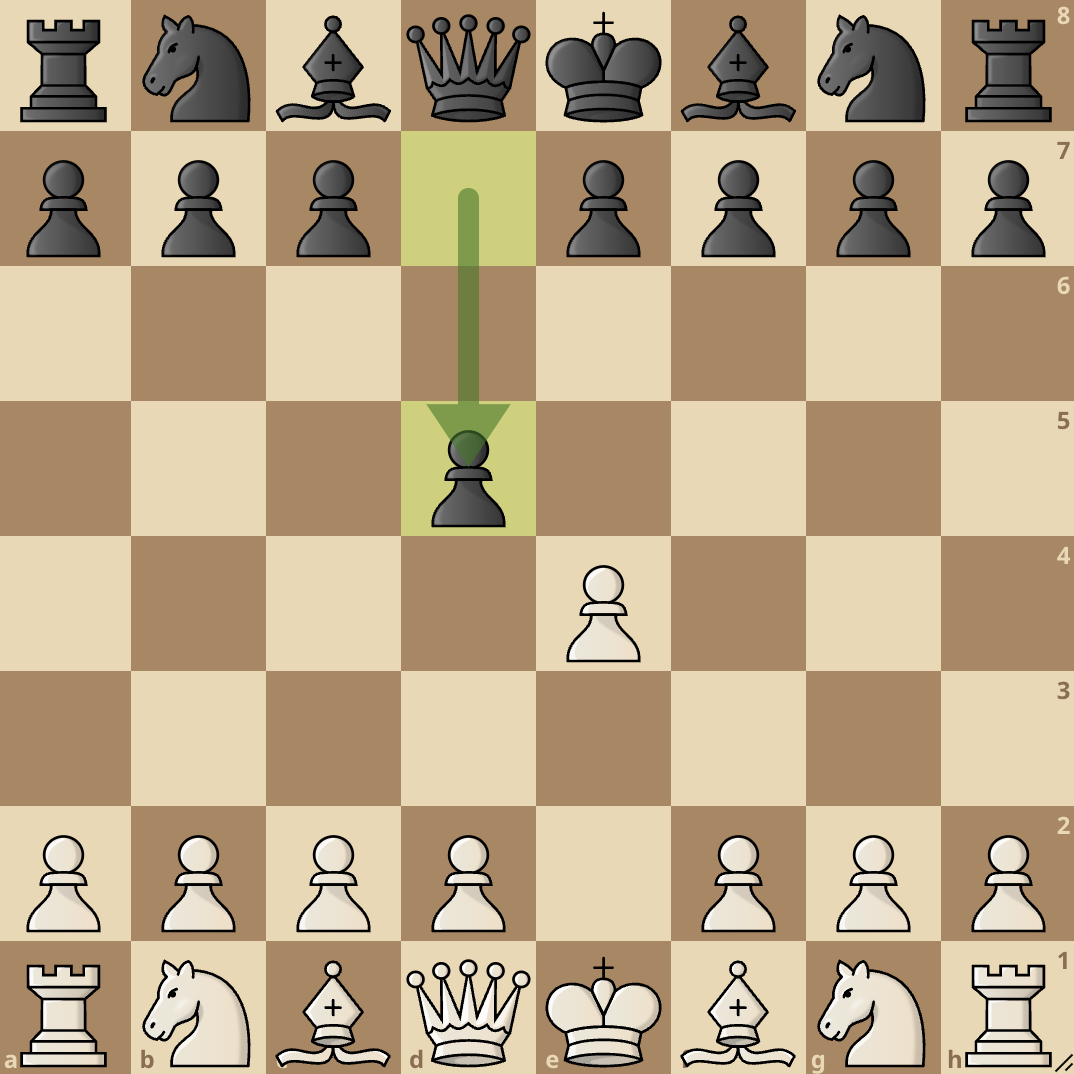
In the opening phase of the game, White usually plays e4 to gain control of the d5 square.
In most openings, Black will look to play moves that control other squares. However in the Scandinavian Defense, Black says “Hey, I want control of the d5 square too” so they play 1…d5.
White now has a decision to make, do they capture the d5 pawn, or allow the tension between the pawns to remain and play other moves?
The most popular move is for White to capture the pawn with 2. exd5. exd5 is also the strongest move.
After exd5 Black has two main options they can go for, these moves are 2…Qxd5 and 2…Nf6. We will take a look at these options and the variations that arise.
Mieses-Kotroc Variation
1. e4 d5 2. exd5 Qxd5 3. Nc3

After White captures the d5 pawn, Black will recapture with the queen.
Developing the queen early on in the game is usually frowned upon. This is because when the queen is developed early, it gives the other side the chance to start a quick attack on the king while developing their pieces.
However, in the Scandinavian Defense, the early queen’s advancement aids in Black’s development so Black gets away with bending the rules.
After Black captures the pawn, White continues with 3. Nc3, this move develops the knight and also comes with an attack on the queen. Black has to make a decision and each of them leads to different outcomes.
Main Line (…Qa5)
1. e4 d5 2. exd5 Qxd5 3. Nc3 Qa5 4. d4 Nf6 5. Nf3 c6 6. Bd2 Bf5 7. Bc4 e6 8. Nd5 Qd8 9. Nf6+ Qxf6 10. Qe2
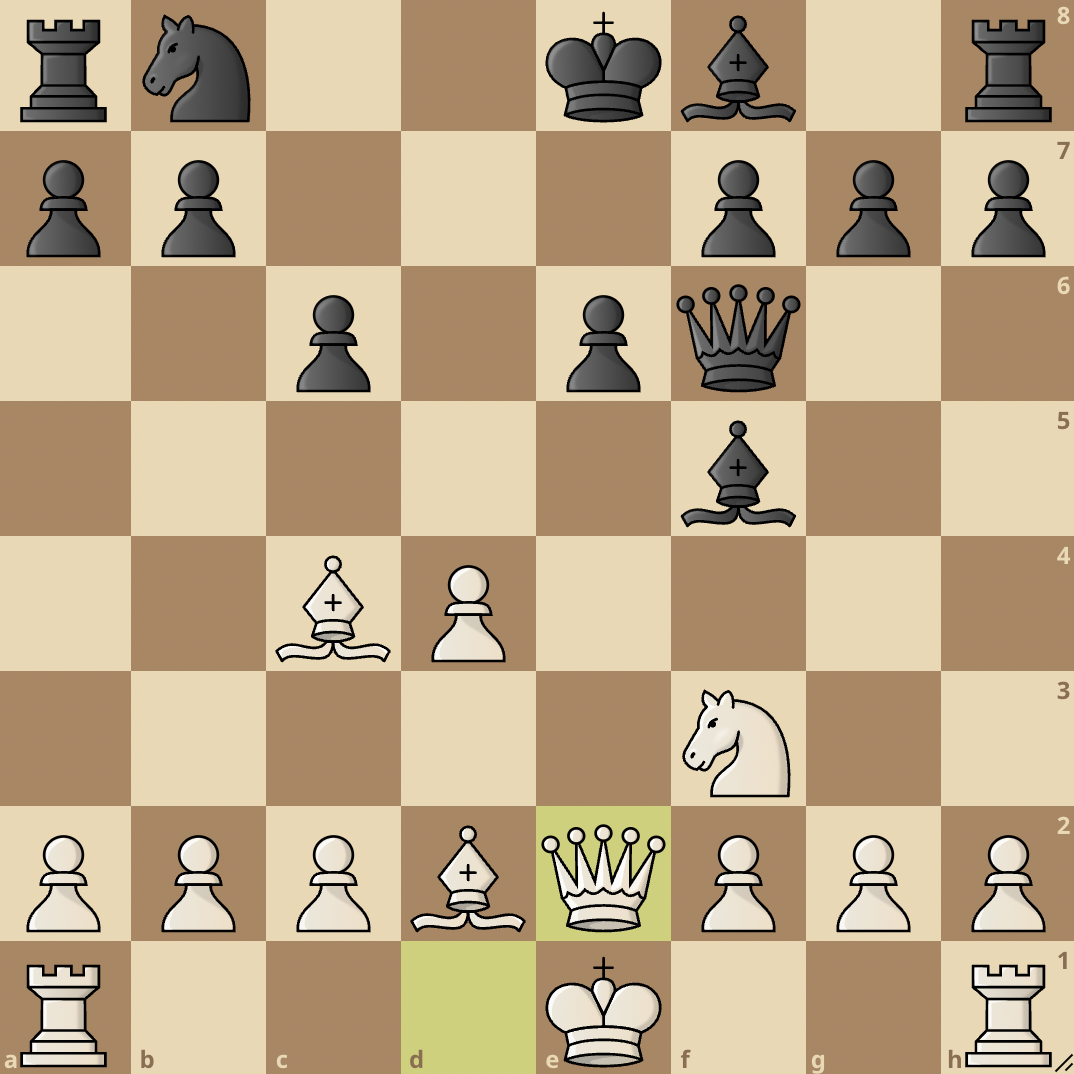
After Nc3, the most popular move, which is also the main line of the Scandinavian Defense, is for Black to play 3…Qa5. The queen moves away from the reach of the White knight and goes to the a5 square.
White continues by playing 4. d4, this move opens up their dark-squared bishop and also controls the e5 square.
Black responds by developing a knight with 4…Nf6. White also develops their knight by playing 5. Nf3.
Black sees that they need to create an escape route for their queen in case she comes under attack, so they play 5…c6.
White continues with 6. Bd2 and Black develops their light-squared bishop with 6…Bf5. White will then bring their light-squared bishop into the game with 7. Bc4.
The bishop from c4 attacks the f7 square so Black dulls its influence by playing 7…e6. e6 also opens up a path for the dark-squared bishop on f8.
White now plays the tricky 8. Nd5. Although the knight is at the mercy of Black’s pawns, it cannot be captured since White created a discovered attack from the d2 bishop to the Black queen.
The queen has to move and Black moves her back to the starting square with 8. Qd8.
The White knight is in danger of being captured now so White trades it by playing 9. Nxf6+, Black recaptures with 9…Qxf6 and White plays 10. Qe2.
Qe2 leaves the option of either castling kingside or queenside, Black will continue by developing their pieces that are still on starting squares (the b8 knight and f8 bishop).
This variation allows both sides to enter the middlegame with solid positions and pawn structures.
Gubinsky-Melts Defense (…Qd6)
1. e4 d5 2. exd5 Qxd5 3. Nc3 Qd6 4. d4 Nf6 5. Nf3 a6 6. g3 Bg4

Rather than going to the edge of the board with Qa5, Black can opt to keep the queen in the center of the board by playing 3…Qd6.
White continues with 4. d4 and Black develops their knight with 4…Nf6. White plays 5. Nf3 and Black replies with 5…a6.
White decides to fianchetto their bishop and they prepare it with 6. g3, Black then develops their bishop with 6…Bg4.
White will fianchetto their bishop and castle kingside while Black will develop their knight and castle queenside.
Since the game features opposite-side castling, both sides will target their opponent’s king and look to win the game.
Valencian Variation (…Qd8)
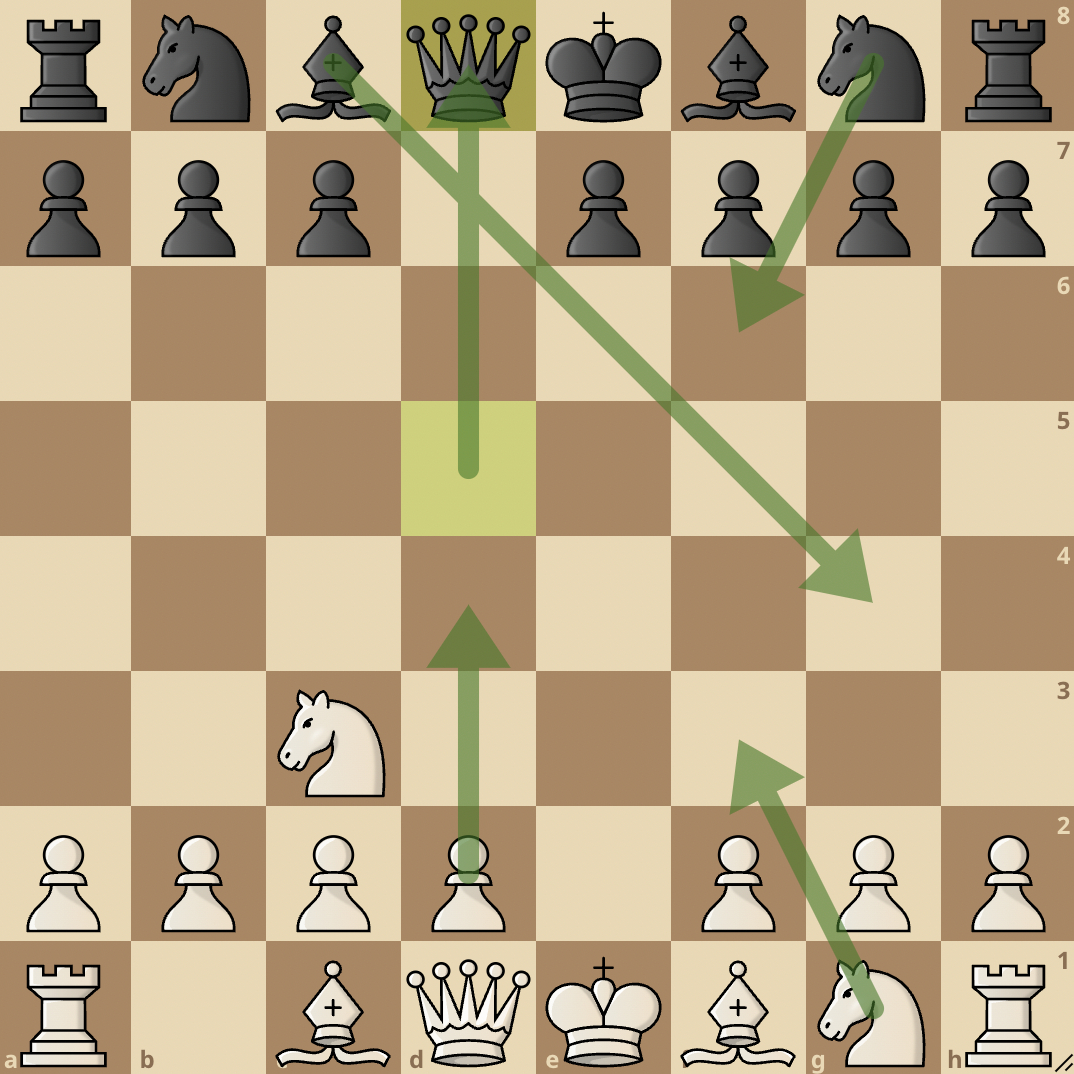
After Nc3, Black can choose to return the queen to their starting square with 3…Qd8. This variation was considered to be good in the past.
However, in recent times, the previous lines we looked at are more preferred.
This is because playing Qd8 is considered somewhat passive. By retreating with the queen, Black has no active pieces in the game as all their pieces are on the starting squares.
However, this variation is also playable and players like Magnus Carlsen have played it. Magnus employed this variation to win a game against Caruana, however, it came down to his brilliant endgame skills.
After the queen retreats, White will continue developing with moves like d4 and Nf3, and Black will also do the same with Nf6, Bg4, and so on.
White does have a slight edge since they have more pieces developed, however, this doesn’t mean much as Black can also play a solid game.
Now that we have looked at the variations that stem from 2…Qxd5 where Black captures the pawn early, let’s see what happens if Black decides to delay the capture of the pawn.
Modern Variation (2…Nf6)

In this variation of the Scandinavian, Black chooses to develop a piece rather than going for the immediate recapture of the pawn.
White usually responds by either defending the pawn with c4 (this is not the best move) or focusing on development with moves like d4 and Nf3.
Let’s see what happens if White chooses to defend their pawn.
3. c4
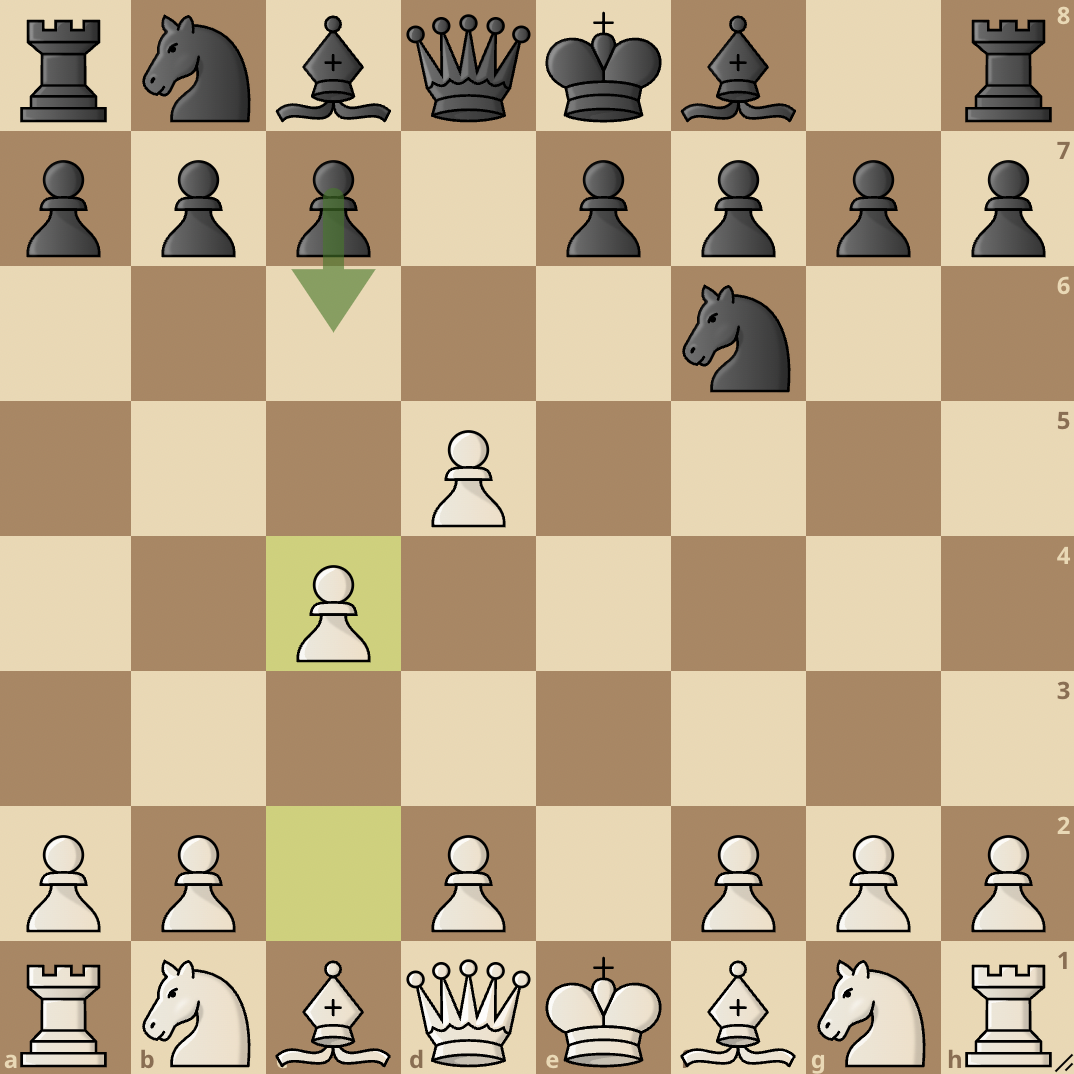
If White chooses to defend their pawn with 3. c4, Black has two major options, they can play 3…c6 or 3…e6.
3…c6 offers White the chance to capture another pawn. However, if White accepts the c6 pawn, Black will recapture with Nxc6, and already, Black has two minor pieces developed (White has none) and they have the initiative in the game.
Black will have an easier time developing their pieces and for the price of one pawn, it’s enough compensation.
If White refuses to capture the c6 pawn, then Black simply plays cxd5 and they win back their pawn.
Black can also play 3…e6, this move is known as the Icelandic Gambit. Black offers the e6 pawn in exchange for rapid development. This gambit aims to sacrifice a pawn for activity and rapid development.
If White decides not to protect their pawn, and instead they play other developing moves like d4 or Nf3, then Black can recapture the pawn and the game continues with both sides fighting to gain a significant advantage over the other.
Successful Deployments
The Scandinavian Defense has been successfully employed over the years by highly-ranked players. Let’s go over a few games.
Touch the moves or move the board around for a better interactive experience.
Rauf Mamedov v Magnus Carlsen, Pro Chess League (2018)
Grandmaster Rauf Mamedov faced off against Magnus Carlsen in the 2018 Pro Chess League. Carlsen, who was the world champion then, employed the Scandinavian Defense to great effect and won a nice game against Mamedov.
Peter Svidler v Alexei Shirov, Tilburg Fontys (1996)
Peter Svidler and Alexei Shirov are two well-respected chess masters. When the pair clashed in 1996, Shirov would use the Scandinavian Defense to get the better of his worthy adversary.
Baira Kovanova v Hou Yifon, Mindsports (2008)
Hou Yifon is one of the strongest Chinese chess players. In the Mindsports tournament of 2008, Hou Yifon showed exactly why she’s one of the best female chess players of all time as she won a brilliant game using the Scandinavian Defense (there was a transposition).



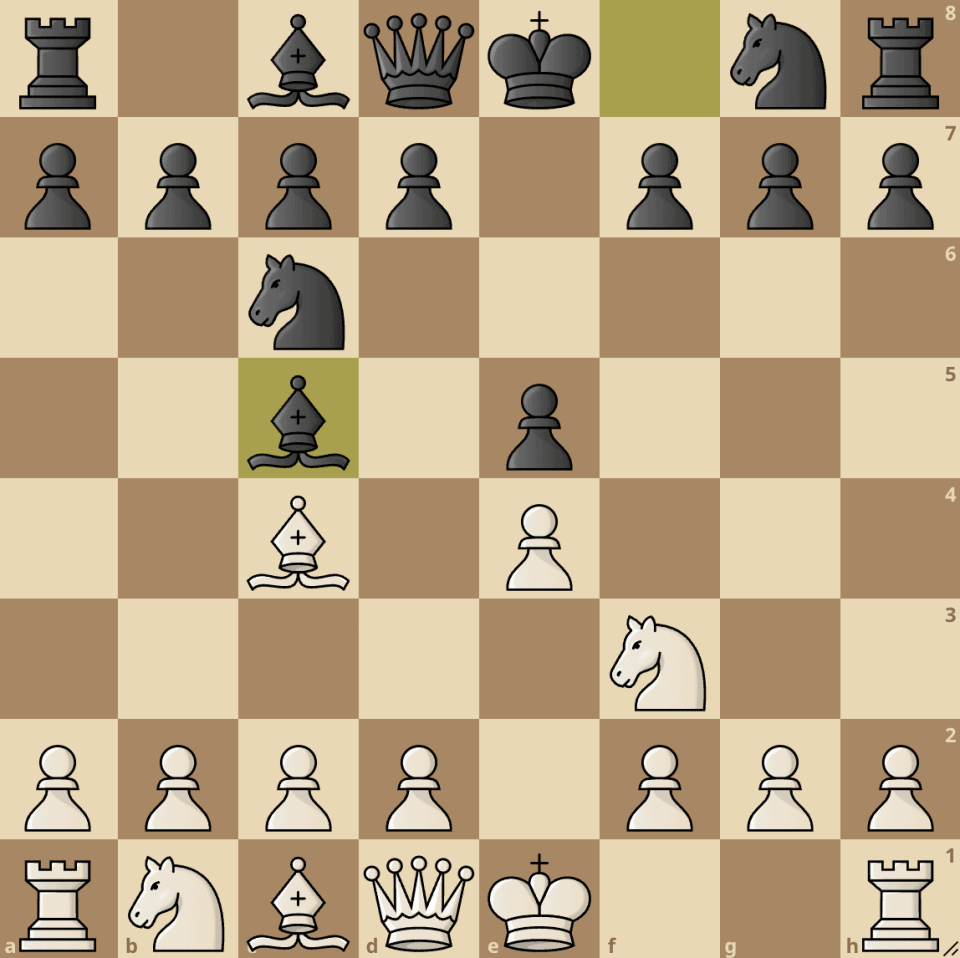

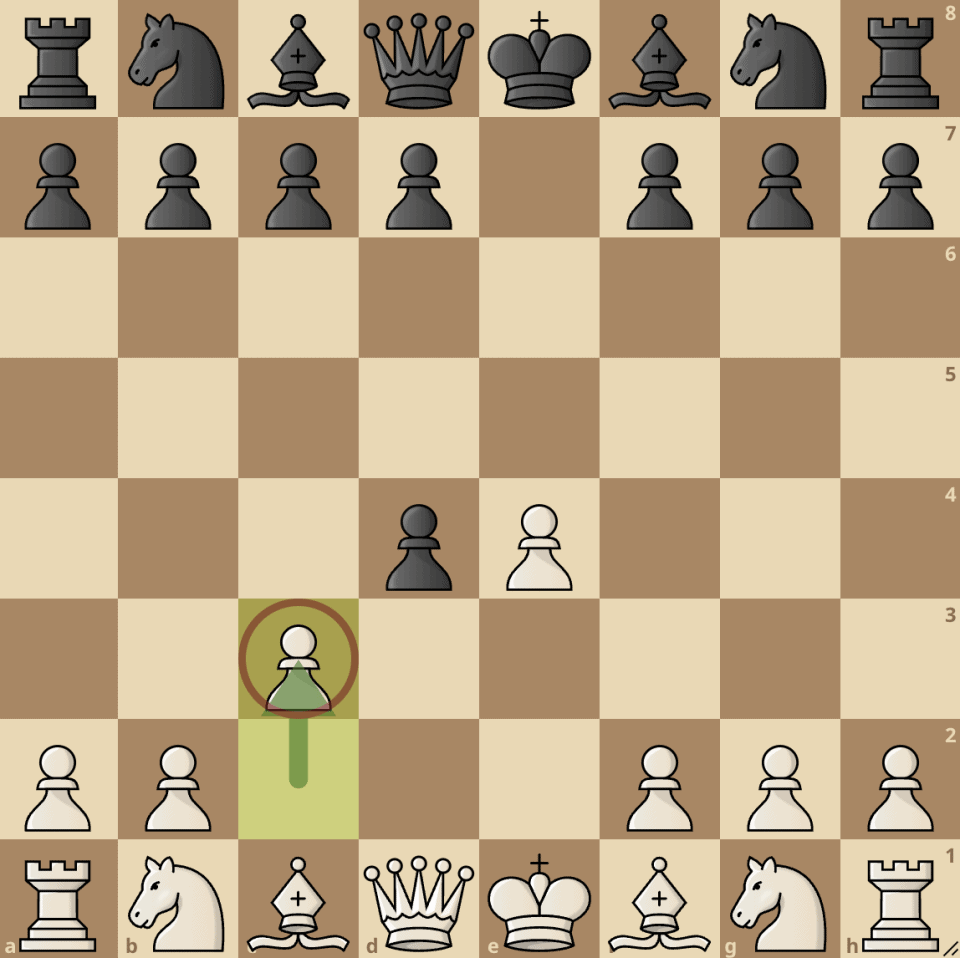
join the conversation